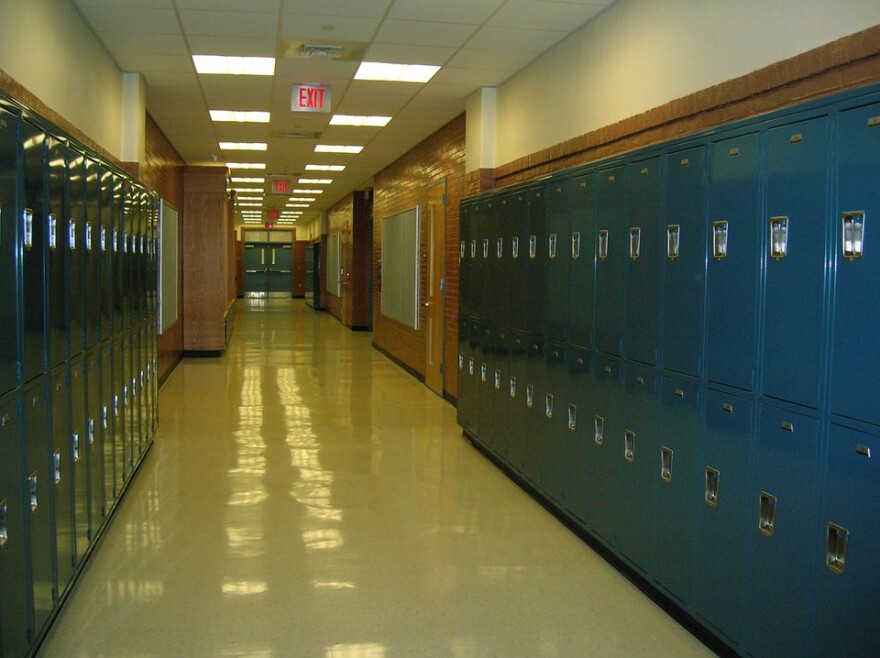"When it comes to school violence, it's not a matter of if, but when."
That was the first line of an opinion column published in the Tallahassee Democrat two weeks before Wednesday's shooting at Marjory Stoneman Douglas High School. The writer was Bill Lee, president of the Florida Association of School Administrators.
His group wants more money for "Safe Schools," a state Department of Education program that handles student safety through a number of initiatives, particularly funding public school resource officers.
In his column, Lee said Florida schools get $64 million in Safe Schools funding, about $10 million less than in the 2002-2003 fiscal year. That's despite adding more than 300-thousand students in that time.
It's possible that Lee and FASA may get their wish -- but lawmakers in Tallahassee have their work cut out for them first.
Governor Rick Scott's proposed budget for the next fiscal year increases funding for Safe Schools by $10 million, while the Senate's budget raises it by $13.7 million.
"That would be a start," Lee said with a wry chuckle when presented with those numbers. "I don't know that I'm qualified to say how much would be enough, because we all want to do everything we can to keep all of our students and our community safe."
However, the House's budget includes no increase. Lee has no explanations for that.
"Obviously we support an increase in the funding, but why they choose to do it or not to, that's something that some of them will have to answer," he said.
Lee would like to see any additional funds go to help troubled students like Nikolas Cruz, the 19-year-old man who has confessed to Wednesday's shooting, which killed 17 people and injured 14.
"Additional counseling services, mental health services for kids, family counseling services to provide additional resources for our guidance counselors who are having to spend so much of their time doing testing and that kind of stuff," Lee said. "They can actually start providing much-needed services for our students and our schools."
"Whatever increase we can get will certainly help to start providing some of those additional services and providing the resources necessary to help our schools be safer for all of our students," he added. "Everything needs to be on the table that we can explore in our communities and our schools to provide whatever we can to keep our schools safe."
His column suggested other ideas as well:
To combat school violence, we must take advantage of new technologies that promote safe schools. For example: “Social net watchers” look for dangerous terms being associated with schools on social media and alert school administrators to threats; Alert systems and mass messaging software can help schools spring into action when a threat arises; Digital programs that teach internet responsibility are particularly useful when it comes to cyberstalking and bullying; Visitor management systems help School Resource Officers keep unwanted school visitors out; Entry control equipment can help school staff keep doors locked; Metal detectors and X-ray machines keep entrances safe and keep guns out of schools; and Panic buttons send messages to every administrator in a building alerting them of danger.We can only take advantage of these systems with adequate funding.
Lee was a principal for 22 years before he became director of operations for Washington County Schools.
"When I first started being a principal, I never, ever thought about a (shooting) like that taking place in my school," he said. "Before I finished my career as a principal, I thought about it pretty often."




